Eucommia ulmoides
Eucommia ulmoides
1. The products in our compound library are selected from thousands of unique natural products; 2. It has the characteristics of diverse structure, diverse sources and wide coverage of activities; 3. Provide information on the activity of products from major journals, patents and research reports around the world, providing theoretical direction and research basis for further research and screening; 4. Free combination according to the type, source, target and disease of natural product; 5. The compound powder is placed in a covered tube and then discharged into a 10 x 10 cryostat; 6. Transport in ice pack or dry ice pack. Please store it at -20 °C as soon as possible after receiving the product, and use it as soon as possible after opening.

Natural products/compounds from Eucommia ulmoides
- Cat.No. Product Name CAS Number COA
-
BCN6049
Quercetin117-39-5
Instructions
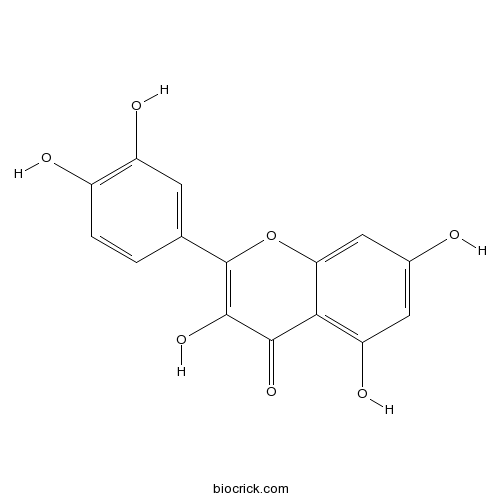
-
BCN6231
Asperuloside14259-45-1
Instructions
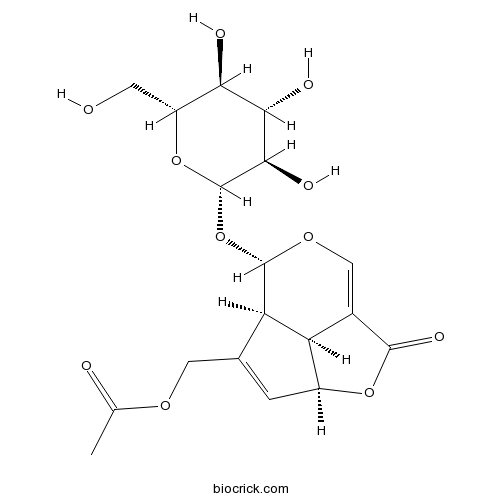
-
BCN6232
Daphylloside14260-99-2
Instructions

-
BCN1684
Rutin153-18-4
Instructions
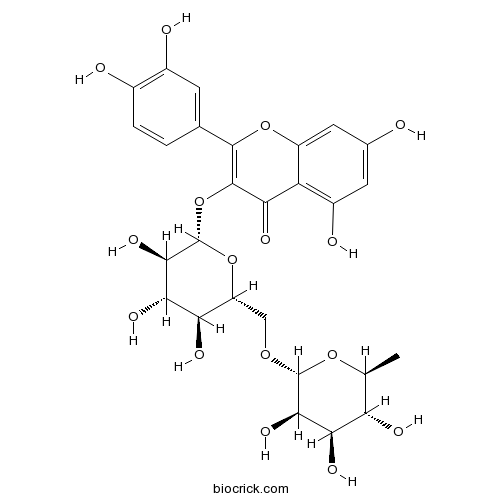
-
BCN1688
Catechin154-23-4
Instructions

-
BCN1153
Loganin18524-94-2
Instructions
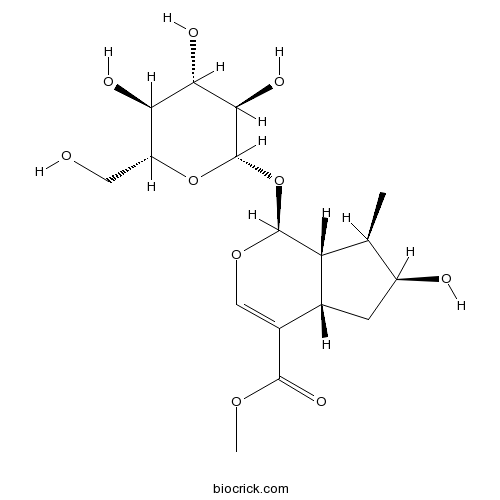
-
BCN2771
Quercetin-3-O-sophoroside18609-17-1
Instructions

-
BCN5104
Geniposide24512-63-8
Instructions

-
BCN3088
Asperulosidic acid25368-11-0
Instructions
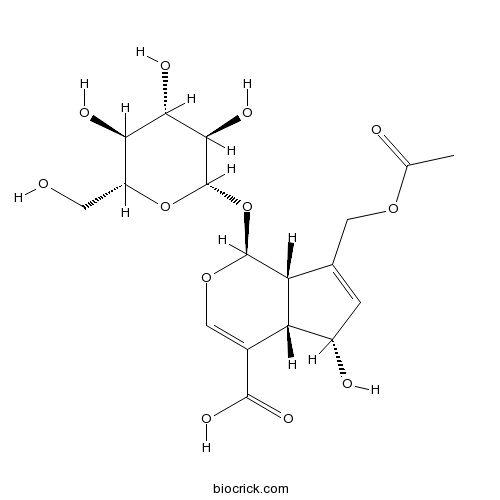
-
BCN5171
Geniposidic acid27741-01-1
Instructions

-
BCN6315
Procyanidin B229106-49-8
Instructions

-
BCN5906
Chlorogenic acid327-97-9
Instructions

-
BCN6432
D-(+)-Fucose3615-37-0
Instructions

-
BCN5503
Corosolic acid4547-24-4
Instructions

-
BCN8319
alpha-Linolenic acid463-40-1
Instructions
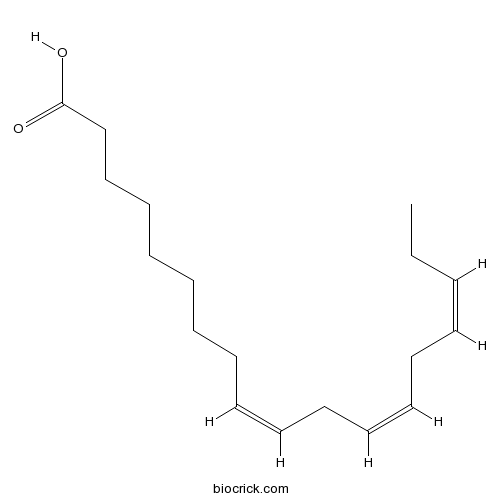
-
BCN5528
Betulin473-98-3
Instructions

-
BCN5355
Aucubin479-98-1
Instructions

-
BCN5549
Astragalin480-10-4
Instructions

-
BCN5569
Isoquercitrin482-35-9
Instructions
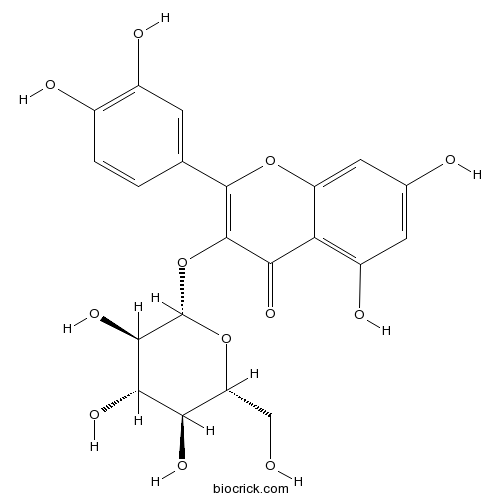
-
BCN5597
Epicatechin490-46-0
Instructions
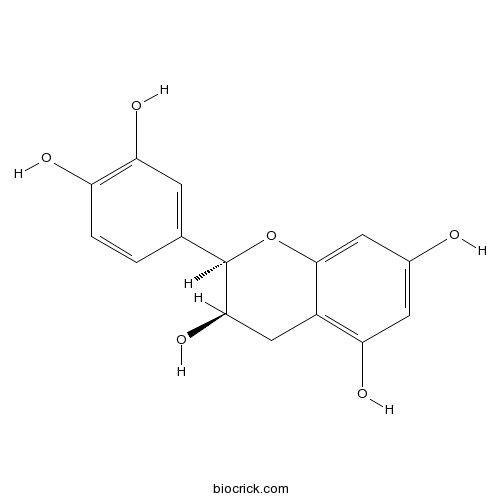
-
BCN0310
trans-p-Coumaric acid501-98-4
Instructions

-
BCN1247
Isorhamnetin-3-O-beta-D-Glucoside5041-82-7
Instructions

-
BCN5665
Quercitrin522-12-3
Instructions
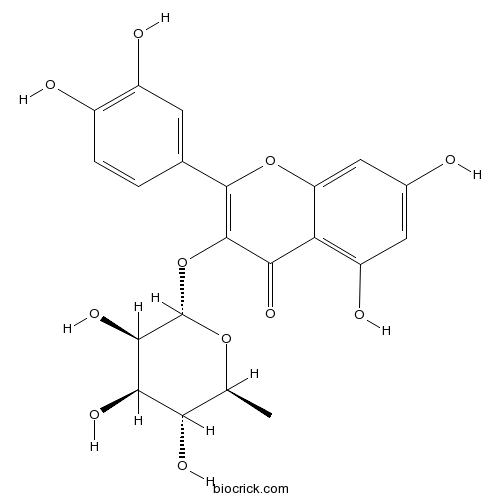
-
BCN5771
Avicularin572-30-5
Instructions

-
BCN1022
Schizandrin B61281-37-6
Instructions
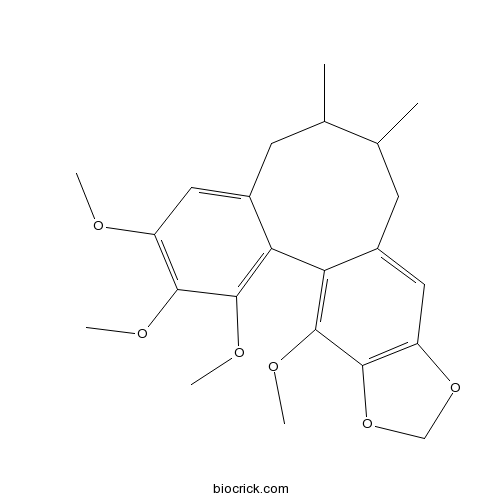
-
BCN1093
Pinoresinol diglucoside63902-38-5
Instructions

-
BCN2600
Syringaresinol-di-O-glucoside66791-77-3
Instructions
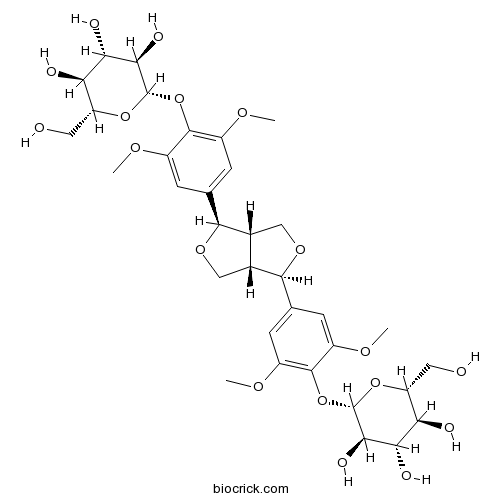
-
BCN5932
Genipin6902-77-8
Instructions

-
BCN1376
Pinoresinol 4-O-beta-D-glucopyranoside69251-96-3
Instructions

-
BCN4327
Ursolic acid77-52-1
Instructions

-
BCN2563
4-Methylumbelliferone90-33-5
Instructions

Antioxidant and xanthine oxidase inhibitory activity of Eucommia ulmoides Oliver leaf extracts.[Pubmed: 30033417]
None
Two pairs of phenylpropanoid enantiomers from the leaves of Eucommia ulmoides.[Pubmed: 29996684]
None
Aucubin alleviates glial cell activation and preserves dopaminergic neurons in 1-methyl-4-phenyl-1,2,3,6-tetrahydropyridine-induced parkinsonian mice.[Pubmed: 29985188]
Aucubin (AUC) is a major bioactive ingredient in Eucommia ulmoides, Plantain asiatica, and Aucuba japonica, and has been shown to exert anti-inflammatory, antioxidative, and neuroprotective effects. We explore the neuroprotective effects of AUC in 1-methyl-4-phenyl-1,2,3,6-tetrahydropyridine (MPTP)-induced parkinsonian mice. Mice were administered MPTP (30 mg/kg) daily for 5 days, followed by treatment with AUC for 7 days. Measurement of dopamine levels was performed by high-performance liquid chromatography and tyrosine hydroxylase expression was assessed by western blot. Our results showed that AUC treatment improved mobility in the pole descent test and the traction test, and reduced the loss of dopaminergic neurons in MPTP-induced parkinsonian mice. AUC treatment rescued the decreased dopamine and tyrosine hydroxylase levels in the striatum of parkinsonian mice. Furthermore, AUC treatment reduced both microglia and astrocyte activation in the substantia nigra of parkinsonian mice. These findings suggest that AUC exerts neuroprotective effects, in part by reducing inflammation and preserving dopaminergic neurons. Possible protection mechanisms involved in MPTP-induced parkinsonian mice need to be clarified further.


